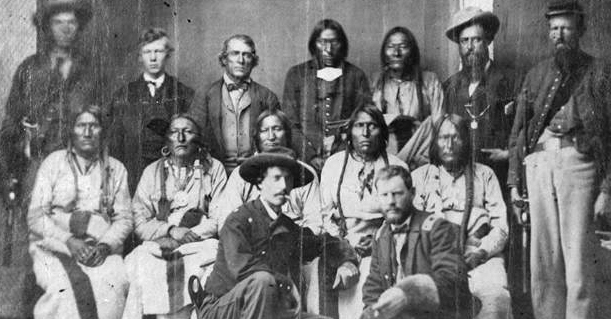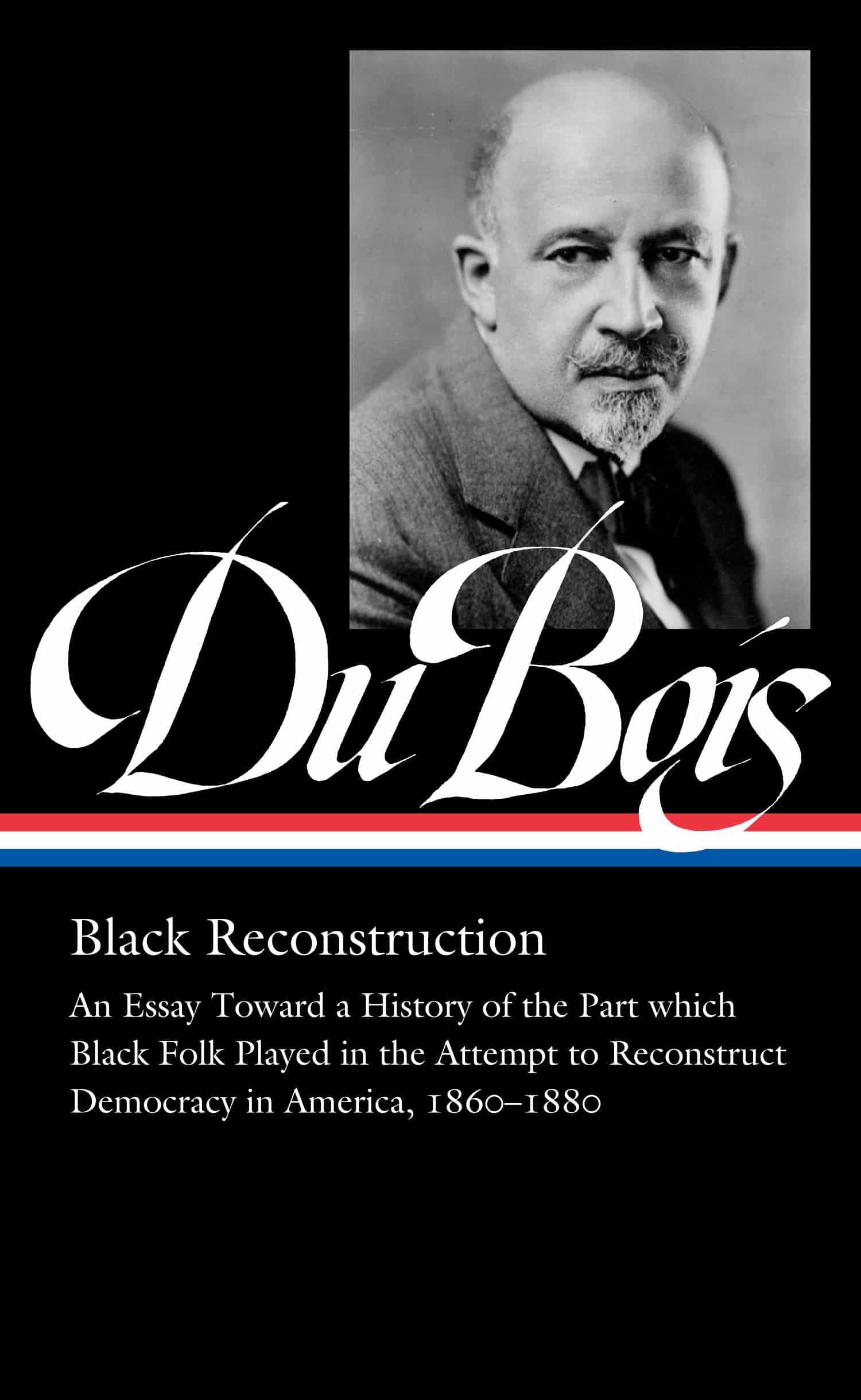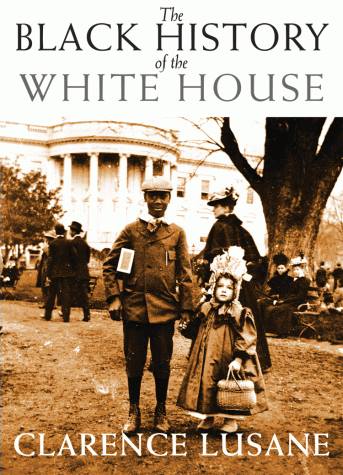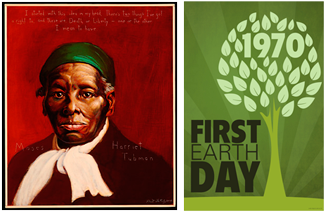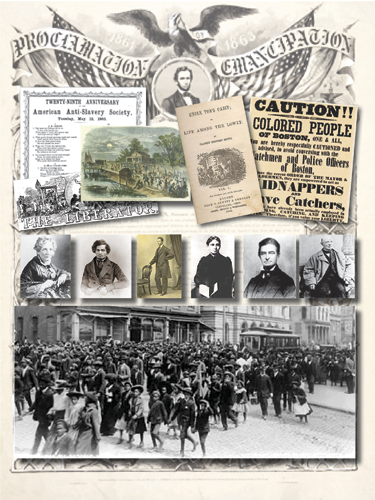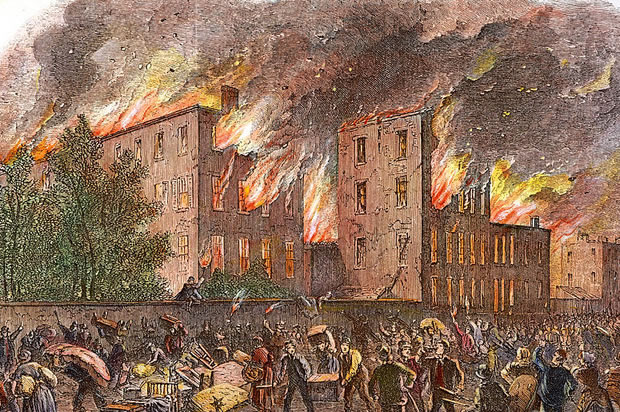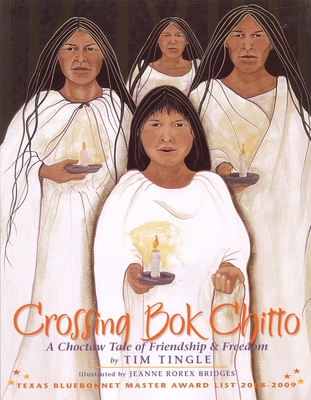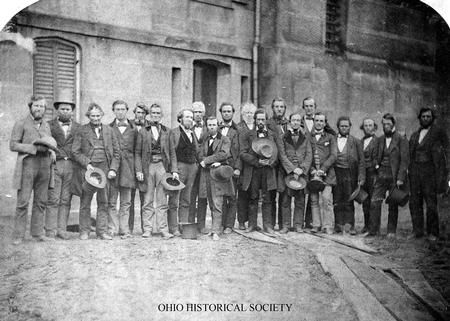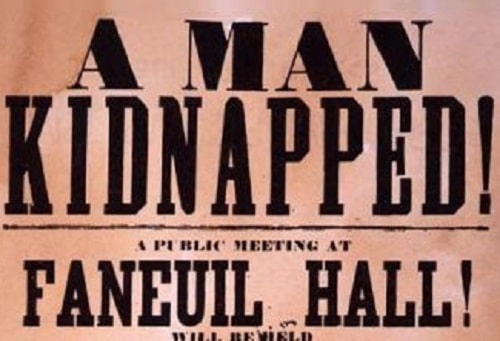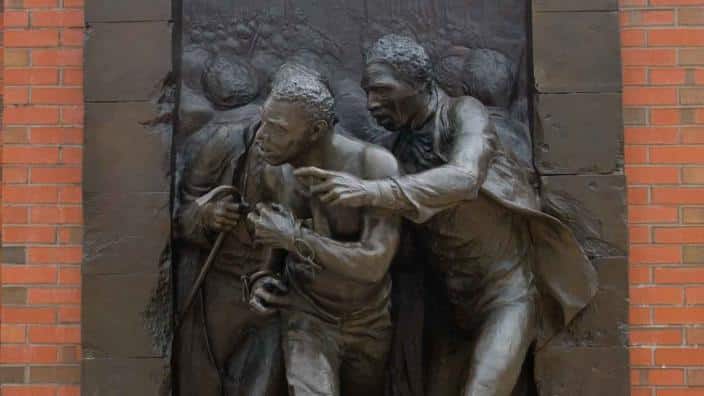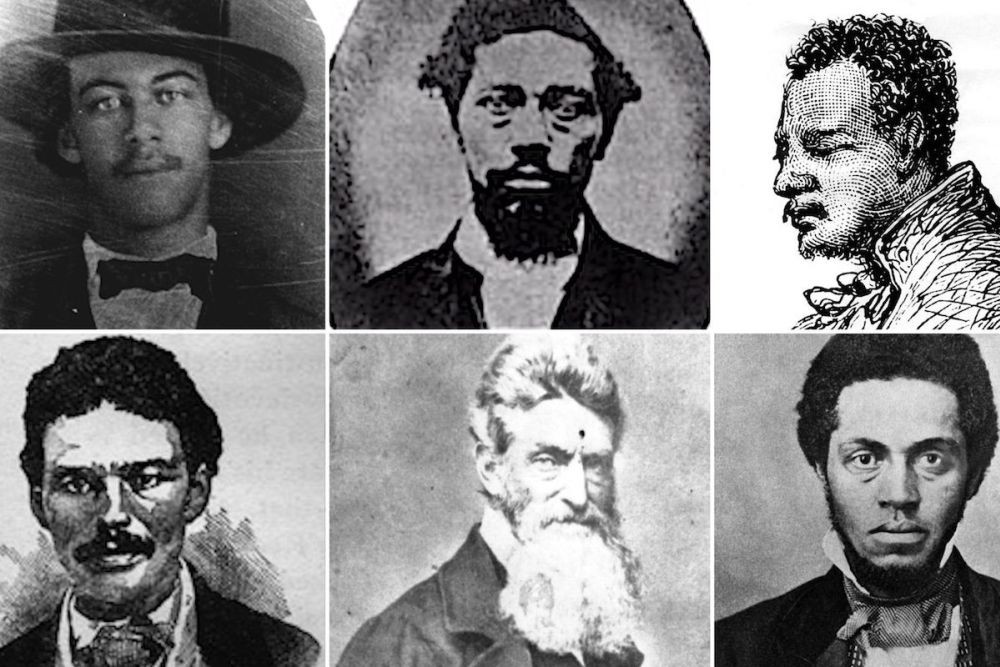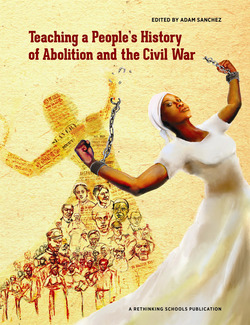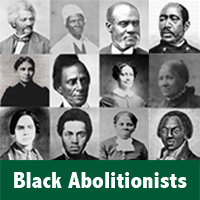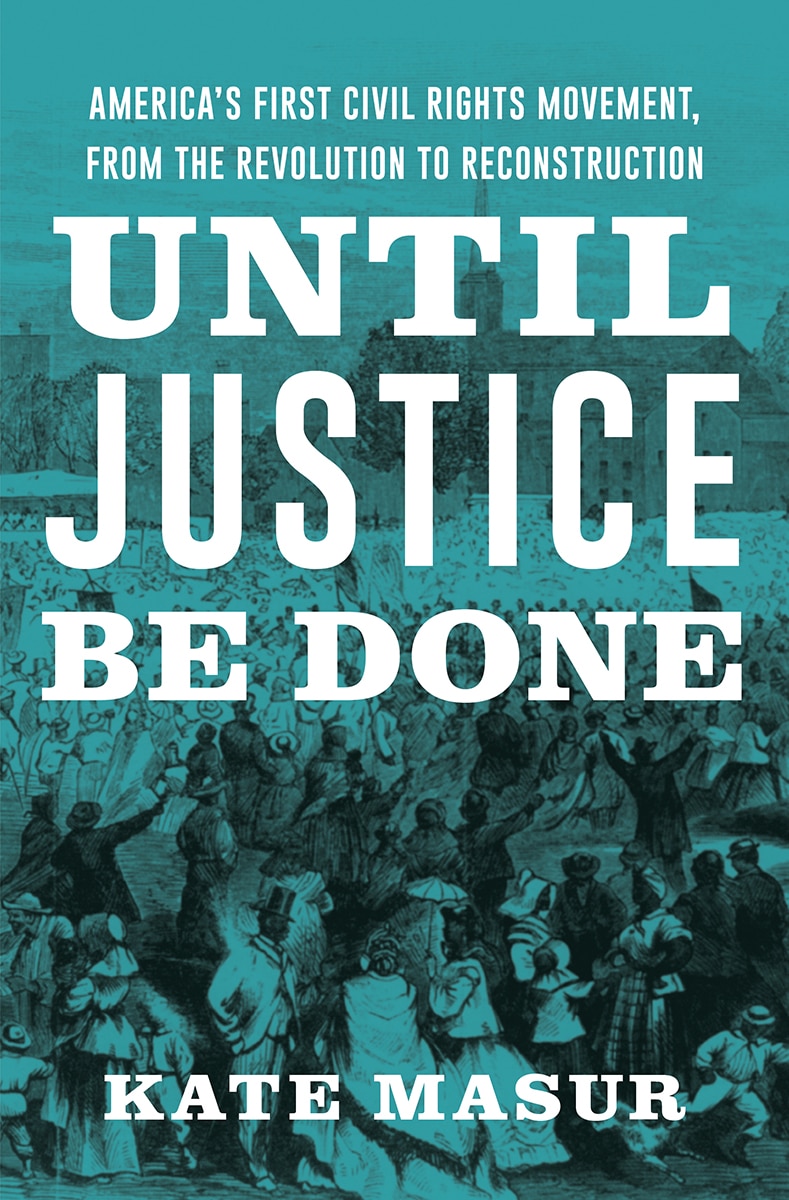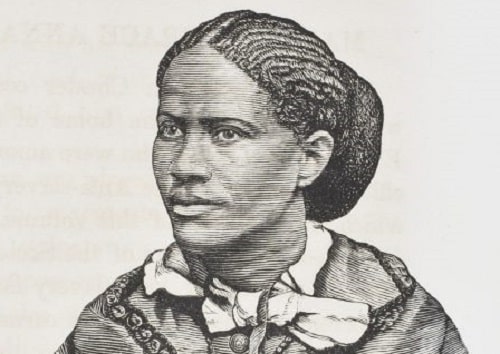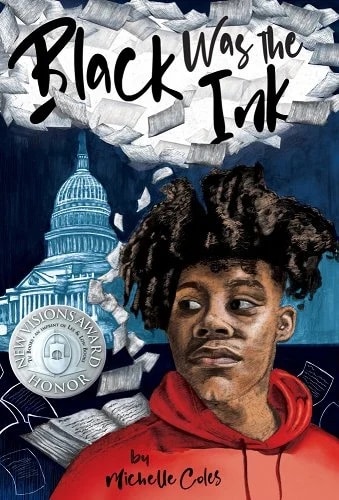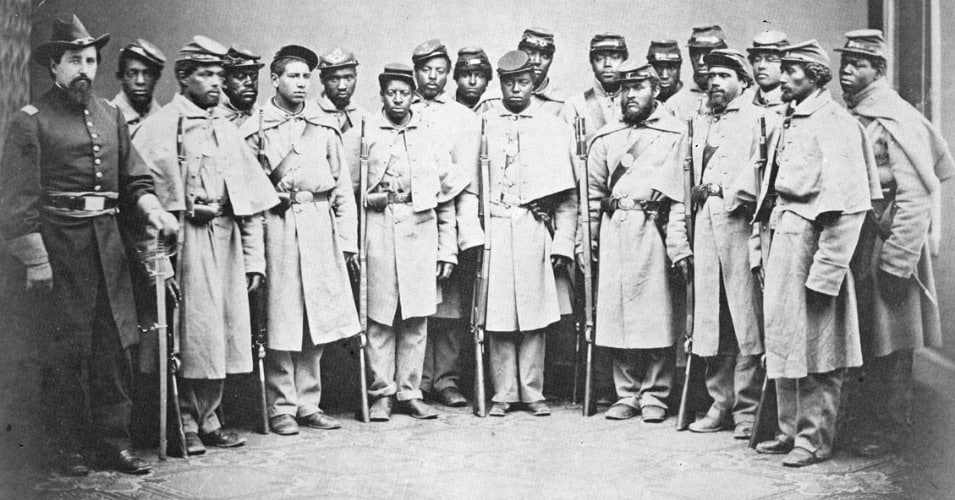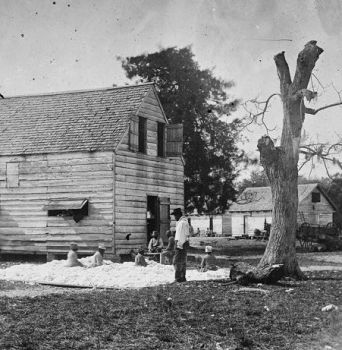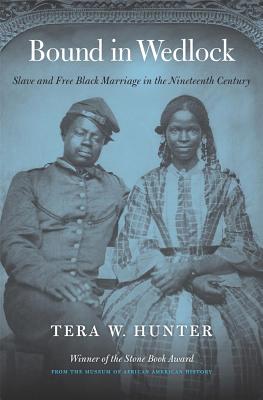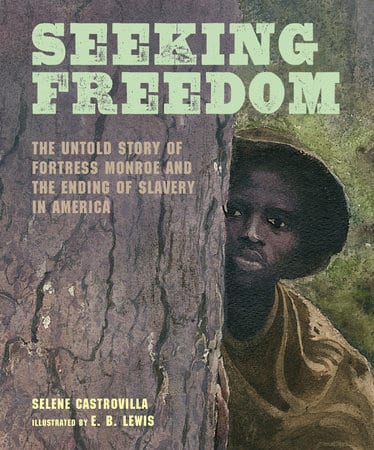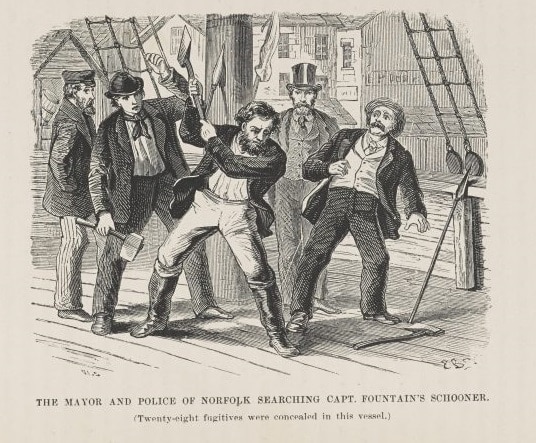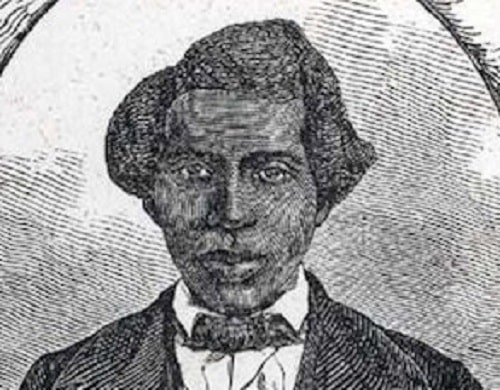A Colorado Cavalry unit, on orders from Colorado’s governor and ignoring a surrender flag, brutally attacked Cheyenne and Arapaho Tribes. White abolitionist Silas Soule was assassinated for reporting on the event.
Continue reading
Book — Non-fiction. By W. E. B. Du Bois. Edited by Eric Foner and Henry Louis Gates. 2021. 1097 pages.
Originally published in 1935, Du Bois’ Black Reconstruction was the first book to challenge the prevailing racist historical narrative of the era and in sharp, incisive prose, tell the story of the Civil War and Reconstruction from the perspective of African Americans.
Continue reading
The New York City Draft Massacre (“Riots”) were the largest civil insurrection in U.S. history besides the Civil War itself. White mobs attacked the African American community — committing murder and burning homes and institutions (including an orphanage.)
Continue reading
Picture book. By Tim Tingle. 2008. 40 pages.
A picture book that highlights rarely discussed intersections between Native Americans in the South and African Americans in bondage.
Continue reading
Eighteen-year-old John Price was arrested by a federal marshal in Oberlin, Ohio under the Fugitive Slave Act of 1850.
Continue reading
Abolitionists freed a man captured under the Fugitive Slave Act of 1850 in Syracuse, New York.
Continue reading
Abolitionist John Brown was executed by the state of Virginia for leading the infamous Harpers Ferry Raid.
Continue reading
Teaching Guide. Edited by Adam Sanchez. 2019. Rethinking Schools. 181 pages.
Students will discover the real abolition story, one about some of the most significant grassroots social movements in U.S. history.
Continue reading
Teaching Activity. By Adam Sanchez, Brady Bennon, Deb Delman, and Jessica Lovaas.
This mixer role play introduces students to the stories of famous and lesser-known abolitionists, through biography and investigation.
Continue reading
Book — Non-fiction. By Kate Masur. 2021.
The movement for equal rights in the decades before the Civil War.
Continue reading
Frances Ellen Watkins Harper, a Black abolitionist and writer, wrote to John Brown as he awaited his execution.
Continue reading
Book — Fiction. By Michelle Coles. Illustrations by Justin Johnson. 2021. 368 pages.
A powerful coming-of-age story and an eye-opening exploration of the Reconstruction era.
Continue reading
Sgt. Walker was convicted of mutiny and killed, one of nineteen Union soldiers executed by the Union army for mutiny during the Civil War, fourteen of whom were Black.
Continue reading
The Union Army occupied the Sea Islands off the coast of South Carolina, freeing approximately 10,000 people who had been enslaved, starting what became known as the Port Royal Experiment.
Continue reading
Book — Non-fiction. By Tera W. Hunter. 2019. 416 pages.
A comprehensive history of African American marriages in the nineteenth century.
Teaching Activity by Tera W. Hunter
Continue reading
A judge in Norfolk, Virginia, sentenced a white woman, Margaret Douglass, to one month in jail for teaching free Black children to read.
Continue reading
Book — Non-fiction. By Selene Castrovilla. Illustrated by E. B. Lewis. 2022. 40 pages.
A Civil War story about a man who seizes his freedom from slavery and teams up with a Union general to save a Union fort from the Confederates.
Teaching Activity by Selene Castrovilla (Illustrated by E. B. Lewis)
Continue reading
With escalating escapes of the formerly enslaved, the Virginia General Assembly responded to lobbying from slaveholders and human traffickers by making it harder for enslaved African Americans to escape on ships and by increasing penalties for anyone helping such freedom-seekers.
Continue reading
Tunis Campbell, who assisted in the Port Royal Experiment to assist freed people during Reconstruction, was an abolitionist, state senator, and justice of the peace.
Continue reading
To facilitate bringing the Seizing Freedom podcast to the classroom, we are sharing teaching ideas for selected episodes, beginning with "A Powerful Black Hand."
Continue reading

